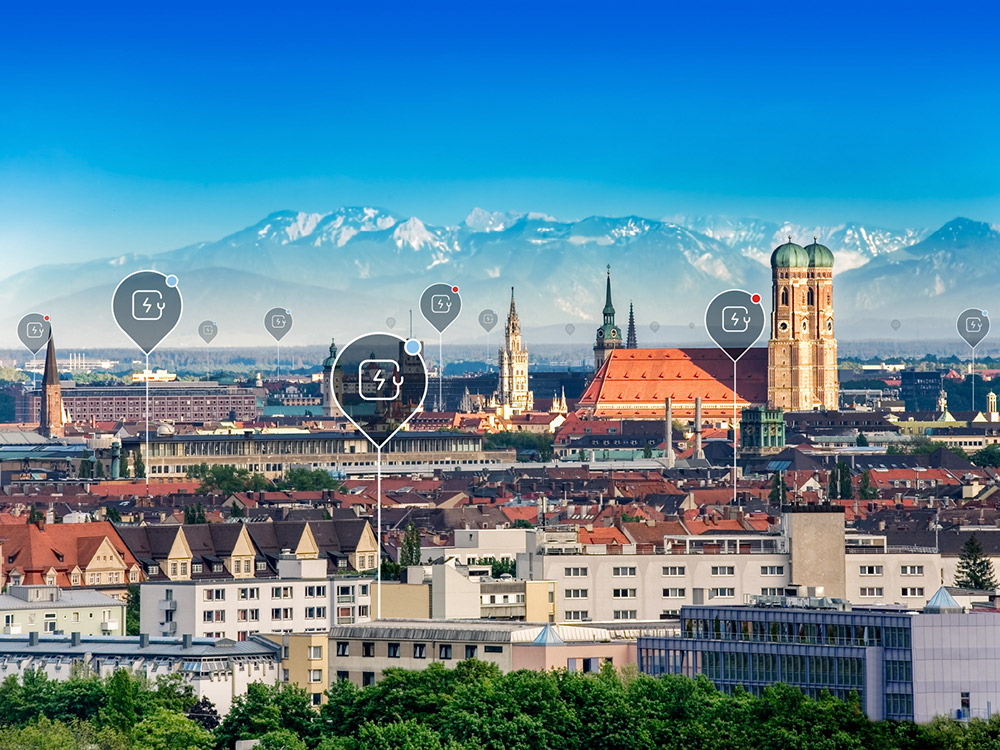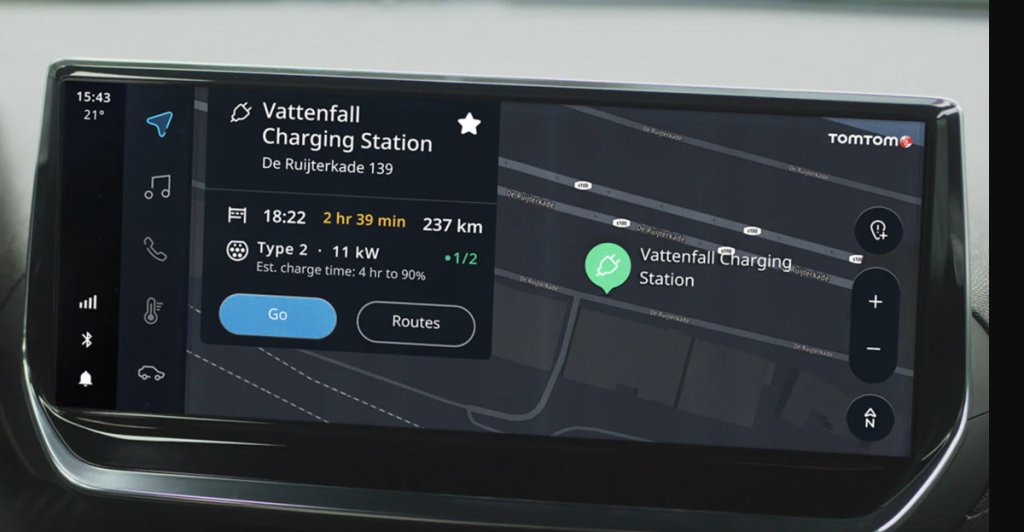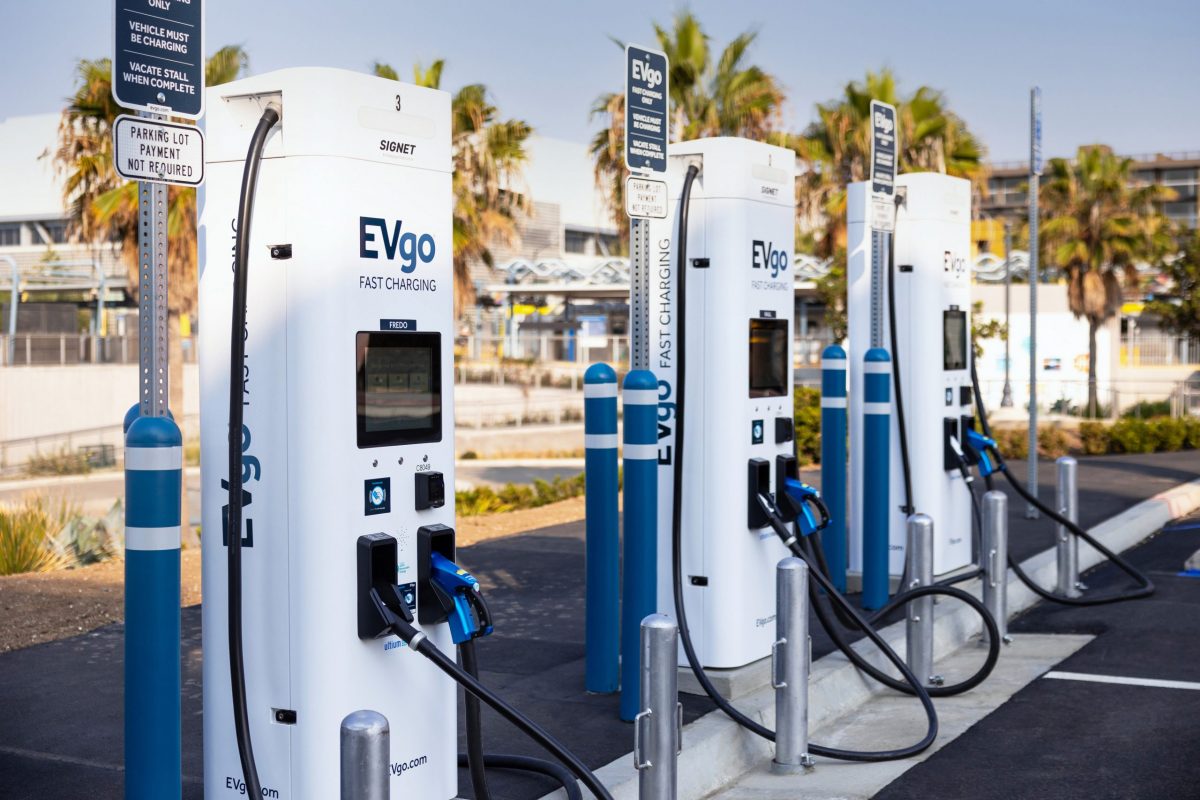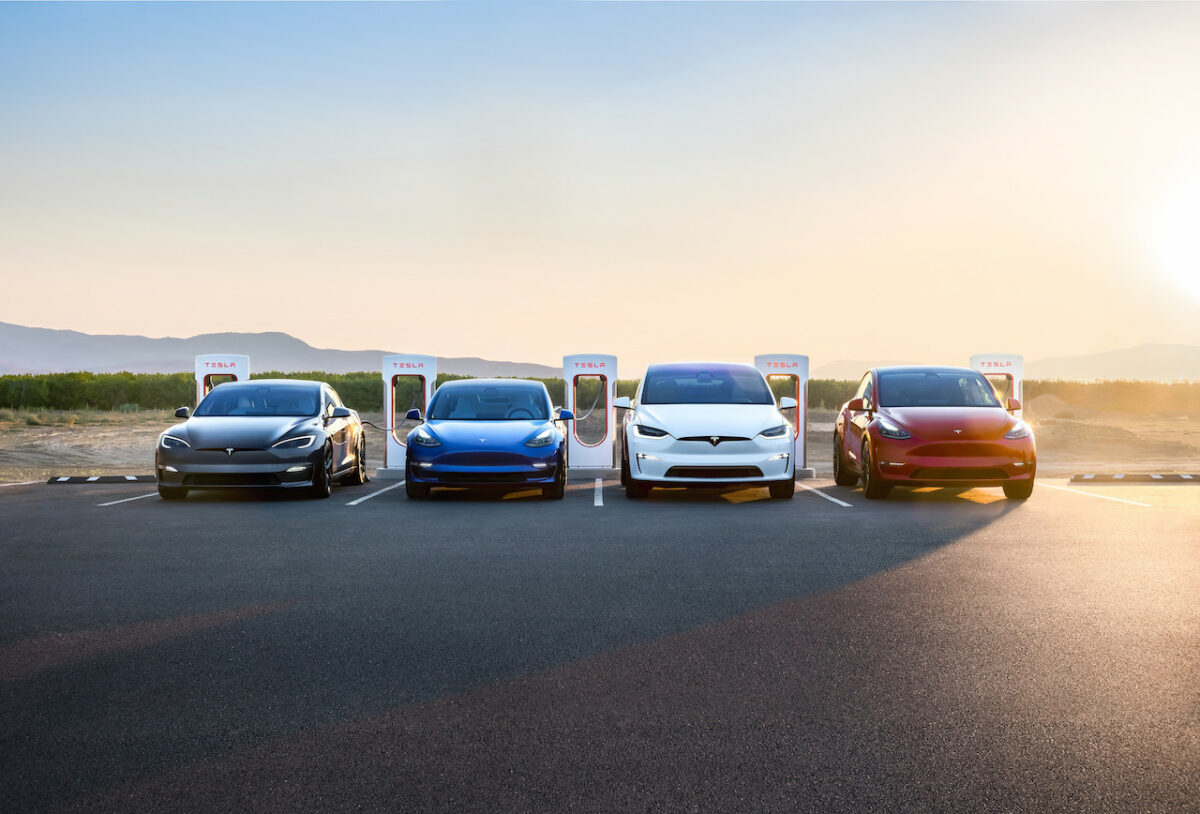A cleaner, more sustainable future is in sight as interest in electric vehicles (EVs) continues to soar. But a vital question still remains: how can we make adopting EVs safe and easy for everyone?
With Norway holding the largest percentage of EVs in Europe and the Netherlands holding the highest density of public charging stations across Europe, more needs to be done to ensure other countries follow suit. Despite plug-in sales growing by 43% against a global light vehicle decline of 14%, this growth is still largely concentrated in specific regions and electric’s total share of the light vehicle market is still only about 4%.
The environmental benefits behind EV uptake can’t be challenged. Road transport pollution is responsible for over 20% of all CO2 emissions caused by humans. EVs reduce harmful vehicle emissions by up to 30% when operating with electricity generated from fossil fuels, and this figure grows beyond 70% when using renewable energy sources. With so many reasons behind going electric, why are consumers still hesitant to make the move? It mostly comes down to one sticking point: EV range anxiety.
Range anxiety explained
EV range anxiety is the fear of running out of power on a journey and not being able to find a charging point. It’s a major stumbling block to greater EV adoption, and it has more to do with psychology than the actual range of EVs or the availability of charging points. The range of EVs has increased by roughly 15% on average in the last few years and the infrastructure for physical charging points is constantly expanding.
EV range anxiety…has more to do with psychology than the actual range of EVs or the availability of charging points
Range anxiety helps explain why, despite the regulatory push from governments and technology improvements from manufacturers, most vehicles are still sold with a combustion engine. We’re still waiting to see the mass groundswell of adoption that the industry needs.
Plugging in and charging up
Despite economic uncertainty, EV sales continue to rise. This is encouraging, as the benefits of a sustainable and cleaner way of moving will be shared by everyone, not only by early adopters or even just EV drivers, but for all citizens of the world. This is one of the reasons why governments are incentivising EV adoption, such as US president Biden’s proposal for US$174bn in EV incentives, and the UK’s proposed ban on new diesel and gasoline cars from 2030. Similarly, automakers are announcing the phasing out of combustion-engine vehicles by 2035, 2030 or even as early as 2025.
However, to make sure this transition is a success, the experience must be great for all users, not just early adopters. This is particularly important for existing vehicle manufacturers, as a study from JD Power suggests that dissatisfied vehicle owners will be nearly three times as likely to not repurchase the same brand. The same study also indicates that, to ensure a good experience, the driver needs reliable range prediction, plus good support for charging stations.
Finding your range
Just how far can an EV go on a single charge? The average EV range is about 200 miles or 320 km, which means most day-to-day drives are well within an EV’s range, whether it’s a short commute, trip to the shops or seeing friends and relatives. For most people, journeys beyond an EV’s range are only made once or twice a year—on annual holidays or seasonal trips around the new year.

But widespread charging station networks are still essential, not only because of the expected growth in EV usage, but also because of the psychological value. Ubiquitous access helps drive EV adoption. The Netherlands, one of the best places in Europe to drive an EV, has recognised this. It’s a relatively small country with many destinations nearby, yet the government is stimulating the infrastructure network and installing numerous EV charging points. It also helps EV owners directly by installing charging points close to an EV owners’ home, upon request, if there’s not one already nearby.
Elevation, weather, traffic and, most of all, driving speed play a role in an EV’s achievable range on a single charge. When planning a route, it’s vital to know the driving conditions on the day and the style of the driver behind the wheel. Having a heavy accelerator foot will have a large effect on an EV’s effective range.
Using this data, technology can help provide accurate range calculations for more predictable (and less anxiety-inducing) journeys. Knowing the information in advance is vital to strategic and safe EV route planning: being able to skip a charging stop could mean shaving 30 minutes off your ETA. Providing accurate range information is therefore essential to increase trust in EV adoption.
Going the extra mile
EV drivers need peace of mind. That involves taking the psychological obstacle of range anxiety away from EV driving. This can be achieved by drivers understanding the best way to reach any destination, within or beyond a vehicle’s range. Long-distance EV routing will help show drivers where and when to charge on long journeys, as well as how long the stop will take.
Having in-dash navigation systems with connected services technology will provide drivers with the best user experience. It tells drivers if their favourite destinations can be reached without having to recharge and shows the charging options available to them – based on compatibility with their vehicles and real-time availability of charging points.

Advanced road knowledge is vital for car manufacturers. With a clear view of the road ahead, an EV can anticipate and optimise its energy management. For instance, if the driver has planned a route to a fast-charge station through the in-vehicle navigation system, the EV can use this knowledge to start pre-conditioning the battery to achieve the optimal temperature for charging upon arrival—improving charging speed. A hybrid vehicle can also draw more power from the battery going uphill, if it knows it can recuperate charge going downhill on the other side.
Mapping the road ahead
Drivers feel confident when they can anticipate the road ahead. Providing them with clear route planning, visibility of charging stations and available charging points will reassure drivers about their upcoming journeys, removing much of the doubt and psychological barriers around driving an EV.
Having real-time information to hand, such as live maps and traffic updates that identify any upcoming bumps, curves and jams in the road will also add to the reassurance that the car can handle the range. Rest assured; the EV revolution is well under way. We just need to ensure both the technology and infrastructure are ready for all types of users for a greener, cleaner future.
About the author: Robin van den Berg is Product Marketing Manager, Automotive at TomTom



